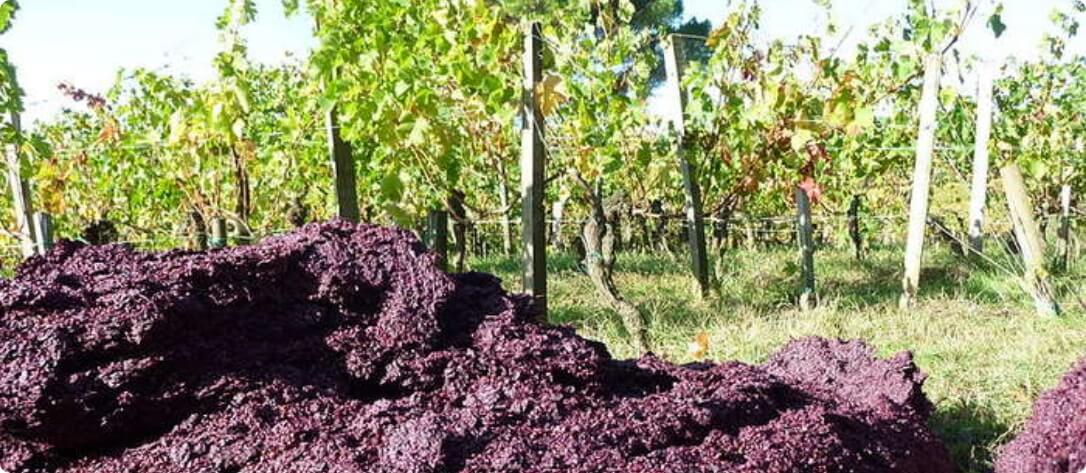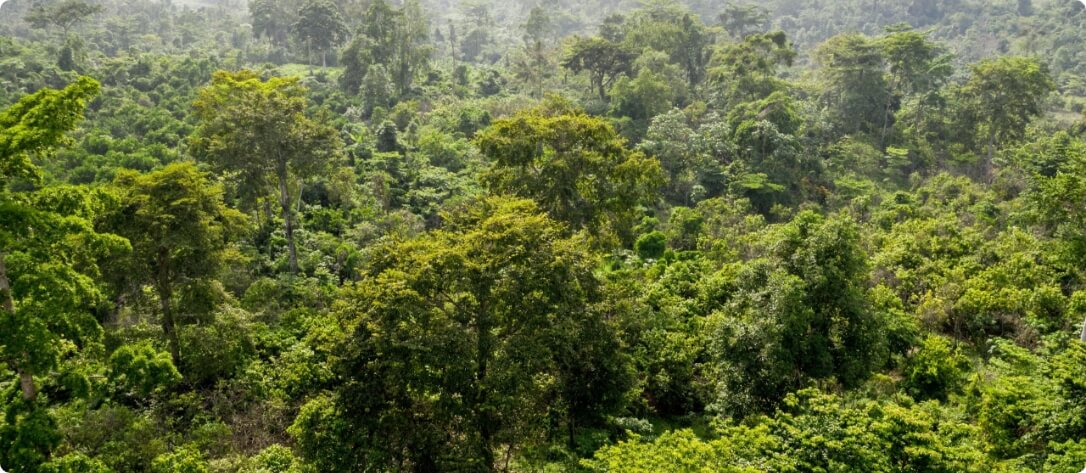
I usually write about an entrepreneur whose big idea catches my eye every month. But this month, it's all about a team of innovators that are helping to solve two causes I'm extremely passionate about: creating sustainable fishfeed and minimalizing the waste that comes from the wine industry.
The South Australian Research and Development Institute (SARDI) and Tarac Technologies, an Australian company providing environmental products and solutions, have partnered to create a type of fishmeal that is made from wine waste, called "grape marc."
I have a vested interest in the wine industry, after many years of running Cadman Fine Wines, but have always been weary about the environmental impacts. I recently wrote for Tetra-Pak about ways to make the wine industry more sustainable, if you're interested in reading.
Grape Marc is made from heat-treated skins, pulps, seeds, and the stems of grapes that are left over from the wine-making process. Tarac Technologies alone produces about 130,000 tonnes of this a year! So how does this all fit in with the fishfeed aspect?
One of the companies in The Cadman Capital Group is Carribean Sustainable Fisheries (CSF). At CSF, we raise lobsters sustainability on land, by collecting lobsters as larvae. This process is completely bio-neutral because most lobsters in this stage are unfortunately very likely to die: the survival rate is about 1 in 1,000! Catching these lobsters that would otherwise not make it in the wild greatly helps the natural lobster population because we are able to sustain the numbers with these farmed lobsters.
When raising any kind of living being, the food you feed it is incredibly important "“ and it's no different for us at CSF! The problem is, and why I find the grape marc feed so incredibility interesting, is that the fishfeed industry greatly exploits the environment "“ overfishing to provide pellets to commercial fisheries.
This is why CSF strictly follows the Global Aquaculture Alliance Compound Feed Manufacturing (CFM) standards. This CFM includes specific criteria to address important food safety and social issues. Best of all, it's of worldwide applicability. Also, it only sources ingredients from feed mills that are Best Aquaculture Practices (BAP) certified. This means that the feed mills we source from have developed plans to avoid unsustainable sources of raw material which includes overfishing, etc.
I'm greatly pleased to hear that these innovators are working on something that relates to the causes I'm passionate about. What do you think about grapes in fishfeed? Comment and let us know.
To learn more about the work we do at CSF, or to donate to the future of our fishery, contact us here.

 Giles Cadman
Giles Cadman 

